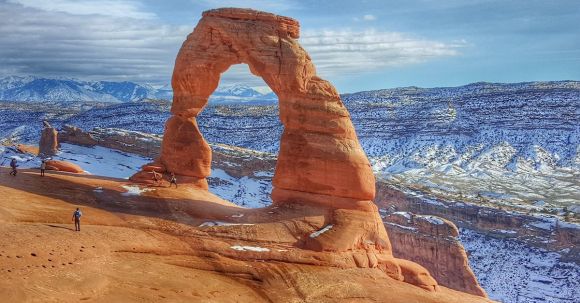Nature is a gift that should be cherished and protected for future generations. National parks play a vital role in preserving the magnificence of our natural world. These protected areas allow us to experience the beauty and wonder of untouched landscapes, while also providing important habitats for countless species of plants and animals. In this article, we will explore the significance of national parks and the efforts being made to safeguard these precious resources.
Preservation of Biodiversity
National parks serve as havens for biodiversity, offering a safe space for a wide variety of plants, animals, and ecosystems to flourish. These areas are carefully managed to ensure the protection of vulnerable species and their habitats. By designating certain areas as national parks, governments can regulate human activities and prevent destructive practices that would otherwise harm the environment.
Conservation of Natural Landscapes
One of the primary goals of national parks is to conserve the natural landscapes that make our planet so unique. From towering mountains to vast deserts, these protected areas showcase the diverse beauty of our world. By preserving these landscapes, we can maintain the delicate balance of ecosystems and prevent irreversible damage caused by human intervention.
Promoting Sustainable Tourism
While national parks are primarily established for conservation purposes, they also provide opportunities for sustainable tourism. Visitors can explore these protected areas through guided tours, hiking trails, and camping experiences. This not only allows people to connect with nature but also generates economic benefits for local communities. Sustainable tourism practices ensure that the natural environment is not compromised while still providing an enjoyable experience for visitors.
Educational and Research Opportunities
National parks also serve as invaluable resources for scientific research and education. These protected areas provide scientists with the opportunity to study ecosystems in their natural state, enabling a better understanding of our planet’s interconnectedness. Additionally, national parks offer educational programs for visitors of all ages, allowing them to learn about the importance of environmental conservation and the need for sustainable practices.
Challenges and Threats
Despite their importance, national parks face several challenges and threats. Climate change poses a significant risk to these protected areas, altering ecosystems and affecting the survival of certain species. Additionally, illegal activities such as poaching and deforestation continue to undermine conservation efforts. It is imperative that governments and organizations work together to address these challenges and implement effective strategies to protect national parks.
Collaborative Conservation Efforts
Recognizing the significance of national parks, many countries are actively working to strengthen conservation efforts. International agreements, such as the Convention on Biological Diversity, aim to promote the protection of biodiversity and establish targets for conservation. Furthermore, partnerships between governments, non-profit organizations, and local communities are crucial in ensuring the long-term preservation of national parks.
Conclusion: Our Responsibility to Preserve
Preserving the magnificence of our national parks is not only a responsibility but an opportunity to safeguard the wonders of nature for future generations. By supporting sustainable tourism, promoting research and education, and addressing the challenges they face, we can ensure that these protected areas continue to thrive. Let us recognize the importance of national parks and join hands in their conservation, for they are the guardians of nature’s splendor.



